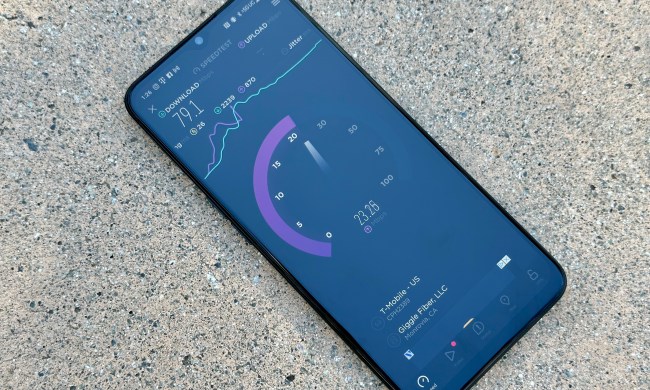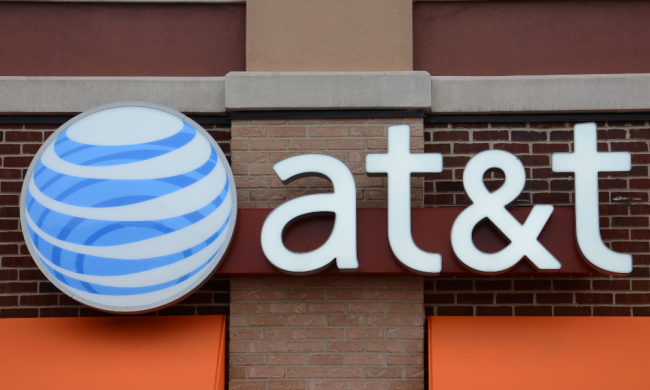LG Electronics has announced a successful short-range test for 6G terahertz (THz) data, bringing the eventual 6G future that much closer.
LG worked in conjunction with the Fraunhofer-Gesellschaft research laboratory in Germany to conduct the test, which saw the data transmitted wirelessly between the Fraunhofer Heinrich Hertz Institute and the Berlin Institute of Technology. It successfully traveled over 100 meters in an outdoor setting, which breaks records that were previously set under controlled laboratory conditions.
LG did not specify what the data was, how much was transmitted, or how long it took, but previous 6G transmission tests have achieved 48GB-per-second speeds. (Pulling down a full digital installation of Microsoft Flight Simulator in under three seconds? Sure, I’ll take that.)
Pulling off a short-range data transmission may not sound that impressive at the moment, with 5G available just about everywhere, but LG’s transmission test is a new milestone for 6G, which is still in its relative infancy. Previous tests have shown that in theory, 6G could be as much as a hundred times faster than 5G, but it’s currently limited by its short-range and high power requirements.
LG and its German collaborators were able to boost the 6G signal’s transmission distance by codeveloping a new kind of power amplifier that uses adaptive beamforming technology — which uses signals from an array of transmitters in order to increase their strength — to boost 6G output. LG was testing a lot of new tech here, all at once, and it seems to have worked out.
“The success of this test demonstrates that we are ever closer to the successful application of terahertz radio communication spectrum in the upcoming 6G era,” said I.P. Park, the president of LG, in a prepared release.
Again, this is a step along the road to a full-fledged 6G rollout, which is generally planned for the future but still doesn’t have a firm release date. LG claims in its press release to have targeted 2025 for global 6G standardization, with commercialization to come over the course of the following four years, but that seems to be one of the more optimistic forecasts to date.
In other words, it’s probably not worth waiting for 6G instead of upgrading to a 5G-capable phone.


